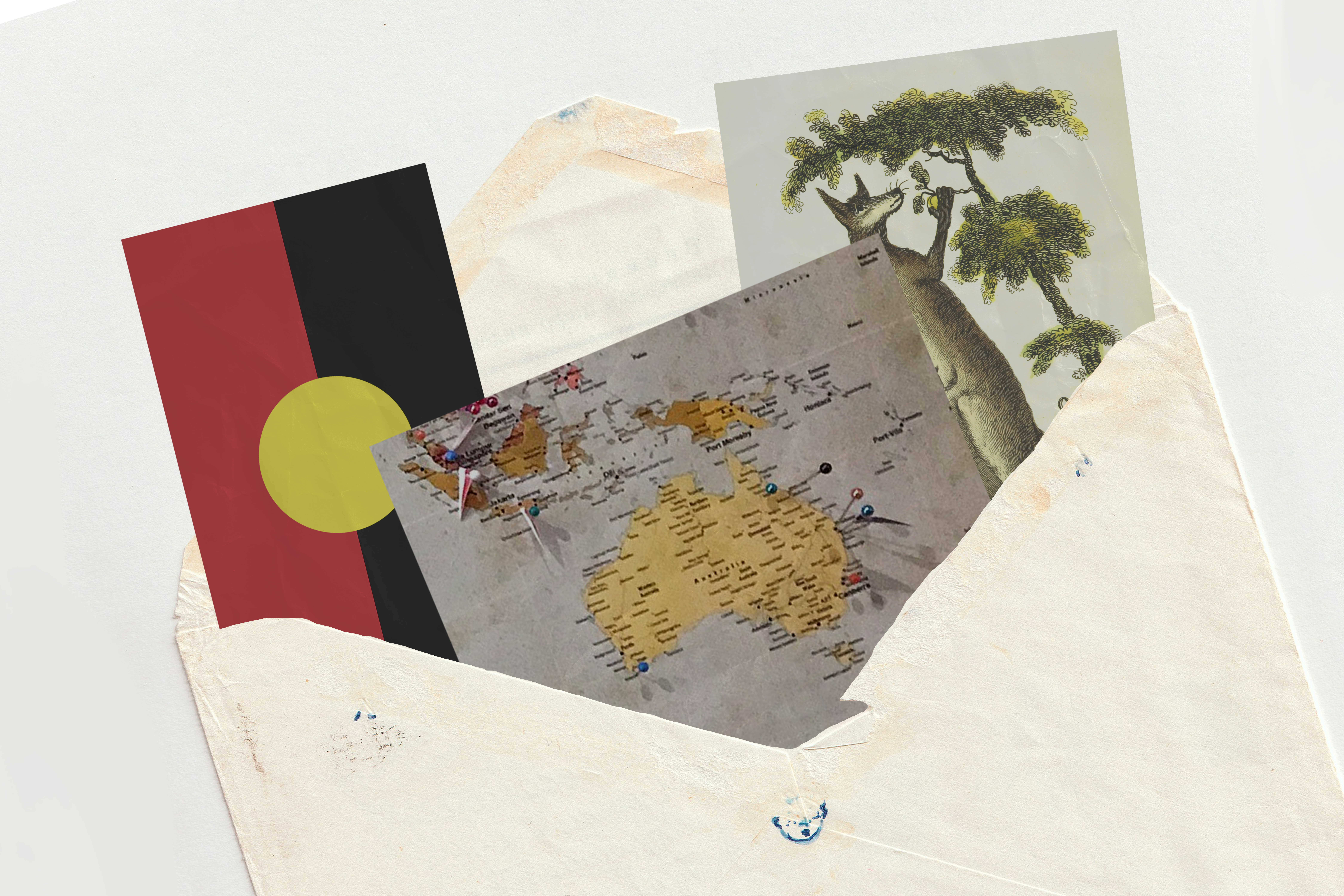In her biweekly column, Allie Skalnik brings lessons and stories from her travels abroad in Australia back home.
Dear Stanford,
Hello from the shores of Minjerribah, also known as Stradbroke Island, the third and final island we’re visiting during our Australia travels. The past week has brought new, stark beauty to our lives. After crystal-blue waters and vibrant coral reefs, lush rainforests teeming with life and expansive dune fields, there are now rolling clouds, kangaroos and koalas at every turn. There is the sharp awe of lightning fractals illuminating the whole entire sky.
In our final ecology course of the trip, we set off to study coastal ecosystems. In this intersection between land and sea, the connection between humans and the environment — and the damage we inflict upon these coasts — has never been more pertinent. Before European colonization, a bar at the mouth of the Brisbane River protected the river from tidal movements. Since the bar has been destroyed to allow ships to pass and to promote trade, more than just water has been moved by the tides. Sediment, runoff fertilizer and other pollutants now inundate the bay regularly, creating a harsh environment for corals and contributing to frequent algal blooms. Having become accustomed to these conditions, corals around the island are remarkably resilient, and there’s a lot we can learn studying these unusual reefs.
For my research project, I get to study these incredible corals. The world near the surface is murky: all that sediment hanging around, making it hard to see an arm’s length in front of you. The world below is also startlingly calm in comparison to the surface, where you get bashed by waves and swept by currents. It’s also teeming with life. Schools of fish dart about in all shapes and sizes and colors and patterns. A jellyfish floats by, and when you duck a little deeper, the whole world comes into focus and full color. No longer muddy greenish-blue, the corals are gray and pink and orange and even green. They come in soft wavy sorts, leathery like an elephant’s ear, ridged like a brain and looking like antlers.
Closer to shore, mangroves exist at the collision of land and sea, bridging these worlds. They are critical at promoting sedimentation and reducing the erosion threatening the shores of this island. They are also critical ecosystems for ocean life, as they are the nurseries for many of the world’s fish.
Their swampy nature means plant matter takes a long time to break down. Since the process leading to the release of carbon dioxide is so slow, mangroves sequester carbon at three to five times the rate of terrestrial forests, making their protection from sea level rise and increasing pollution all the more dire.
Getting to study these mangroves up close has been an experience like nothing else. We wade into their domain and walk amidst them, temporarily losing shoes to mud and trying not to splash too much of it on our neighbors. Up close, mangroves feel all the more fragile, hanging on the precipice between land and sea. It’s not hard to imagine how drought and rising temperatures and rising sea levels threaten their very existence.
Even more amazingly, just a bit more offshore, seagrass beds flourish in the zone sometimes exposed and at times submerged based on the tides. As the ocean’s only flowering plant, seagrass sequesters even more carbon than mangroves, at 35 times the rate of tropical rainforests. They are also critical to the survival of some of the ocean’s most charismatic creatures: sea turtles and dugongs, which frequent seagrass beds like their own personal salad bar. These macrofauna depend on seagrass for food and actively promote seagrass growth through frequent grazing.
The most incredible part of these adventures — this wonderful cohort and most influential teachings — is finding how this all connects back to home. Coral reefs and rainforests can feel incredibly remote, removed from my northern California existence. Seagrass and mangroves, however, are habitats not only found in the U.S., but they are also critically important, and threatened, at home. These issues are not far away, distant. Look just offshore at any California beach, and you’ll find seagrass. Once you know their incredible sequestering power, it’s hard to look at them as plain old grass again. None of us have to look far for mangroves, either. They are in San Diego and smattering Florida, Louisiana, Texas. They are at our doorstep, so very within our world. And within our duty to protect.
Until next time, Stanford,
Allie
